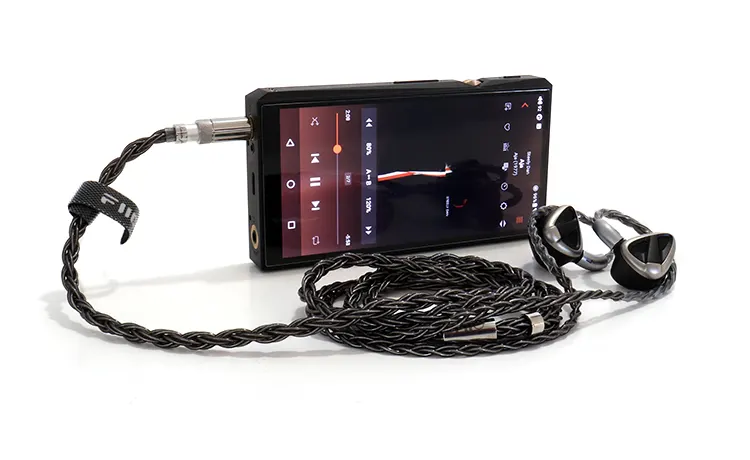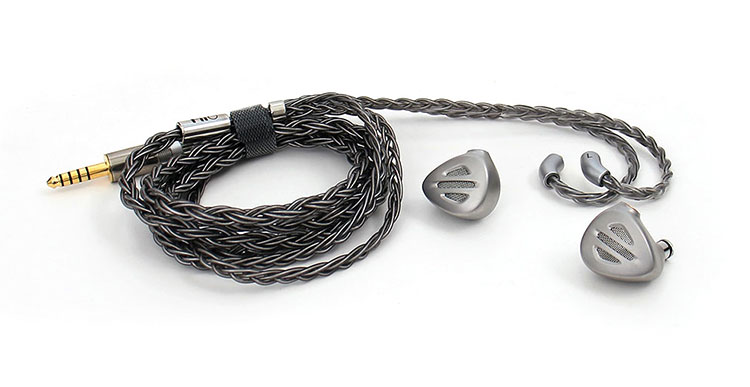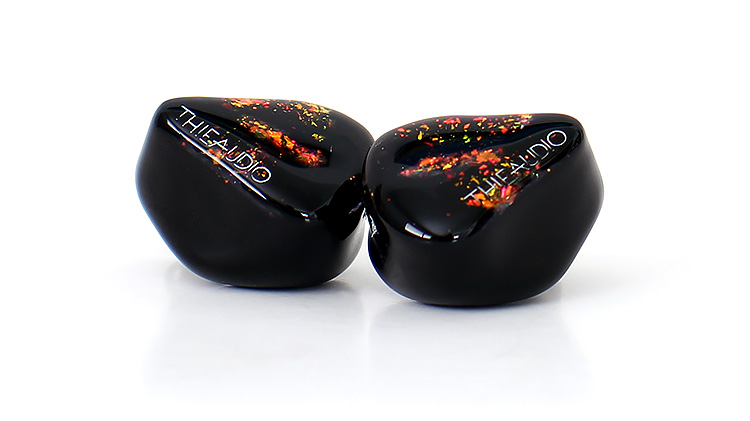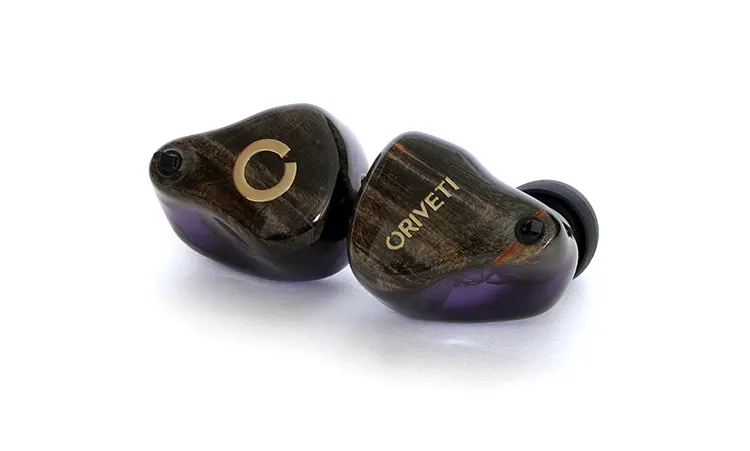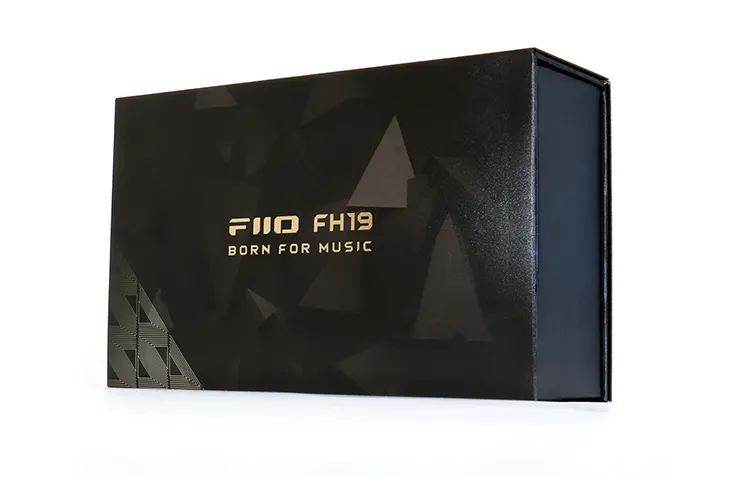Synergy
Efficiency
The FiiO FH19 is a 16Ω IEM that doesn’t need much power. I powered this set with as little as 32mW of power and 1.5 volts. A ddHiFi TC35C will do but they deserve the best you can give them.
Any modern-day dongle or DAP can push the FH19 to acceptably loud levels. I can sense the upscale with the FiiO’s KA17 but it also paired well with the KA1.
Even though they have a high level of efficiency, I was able to successfully use them with SMSL’s 11.5W SH-X on high gain, with restraint on the volume control.
Pairings
The only pairing I would be concerned about is highly bright-sounding amplification because the FH19 is treble-sensitive and can show flaws in recordings in the upper-frequency regions.
You can always play around with the swappable audio filters to keep the treble under control, but I would prefer warm amplification with this set. The iFi Audio GO bar Kensei and the FH19 made up an excellent pair, mostly because of the warm characteristics of iFi Audio’s tuning.
Select Comparisons
FiiO FH9
Technical
The FH9 has just relinquished the top spot within the FH line of FiiO IEMs to the FH19 but it’s still a worthy competitor because deep down these two IEMs are very similar.
For example, both models use two SWFK-31736 tweeters and four additional Knowles custom BA drivers. The FH9 uses a 3-way crossover whereas the FH19 is a 4-way. However, the dual push-pull dynamic driver array is the big difference.
The FH9 uses a single 13.6 DLC diaphragm which is the only feature that would be considered a large difference from the original design.
Design
The overall design of the FH9, or shall I say, the aesthetics is what I previously described as humdrum because the color scheme was monotonic, nothing vibrantly popped, and the design was low-impact visually.
To be honest, I prefer the shape of the FH9 because of the smaller size and the inside is better rounded and doesn’t have that duck-bill-looking swerve on the inside which slightly touches the inside of my ear.
The overall girth of the FH19 has been increased over the FH9 but to me, it seems more comfortable. If there’s a weight difference, it’s not a big deal to me.
Performance
While performing an AB comparison, it seems that the FH19 gained some efficiency over the FH9. It also seems that even though the FH9 is a slightly-forward-sounding IEM, compared to the FH19 it seems relaxed because of the need for more power to effectively reach the same volume level.
The midrange has certainly been pushed forward on the FH19 and there seems to be better balanced over the FH9. The largest sonic difference between these two I thought would be within the bass region but it was mostly within the midrange bands.
The treble response seems to be pushed forward on the FH19 as well as the midrange frequencies over the FH9. The FH19 seems to be more up close and personal.
I would give the win to the FH19 sonically. One, because of the increased transient response which is the largest difference between these two IEMs.
Two, the pitch is improved overall. I was expecting similar characters in general but the overall tuning was tweaked to sound more realistic on the FH19 even though most of the components are similar.
THIEAUDIO Oracle MKII
Technical
The THIEAUDO Oracle MKII is another IEM within this price range that serves up a multi-driver configuration. It uses a hybrid 1+2+2 driver array and a three-way crossover section.
The Oracle MKII employs an all-resin body design, a universal fit shell shape, and an aluminum output nozzle that is not removable. The Oracle MKII doesn’t come with any type of sound-shaping features and is a fun, slightly V-shape-tuned IEM.
Design
Aesthetically, the Oracle MKII is a gorgeous IEM. It’s made with all-black resin with what I would call Lava sprinkles on the backplate.
The one thing I didn’t like was the model branding on the backside. I felt it marred the gorgeous appearance of this IEM but once you slip them on it’s not visible. There is a visible metal screen used for venting and it’s a much nicer approach over just a simple orifice.
The Oracle MKII uses the 0.78mm connector and a similar tip system in which you can change the tip of the cable with no tools required. Some prefer the .78mm connector but I’ve never had an issue with any of FiiO’s connectors.
The Oracle MKII does come with improved connectivity since it’s the only model within this comparison that also includes 2.5mm connectivity along with the 4.4mm and 3.5mm connectors. However, the tip inclusion is more frugal with this model.
Performance
Both these two IEMs have a similar bottom end even though the Oracle MK2 only relies on a single 10mm DLC dynamic driver for the task.
I think where the Oracle MKII excels is in the high frequencies since it uses Sonion tweeters. However, FiiO’s FX15 demonstrated that they also know how to tune Sonion tweeters and I can’t wait for the release of the FX17 coming soon.
What the Oracle does have against it is a rather aggressive upper midrange but fortunately, you can tune that out using some equalization. The FH19’s stock tuning doesn’t need such equalization and could be a pleasant listen out of the box.
ORIVETI OH700VB
Technical
The ORIVETI OH700VB is another IEM that relies on a single 10mm dynamic driver to reproduce bass but is more complex since it also contains within its shells another six balanced armature drivers to complete the sonic spectrum.
The OH700VB does have the advantage of being able to switch into another Sonic suit on the fly. With the FiiO FH19, that would involve swapping the swappable audio filters or output nozzles. At least you get three distinct sonic signatures compared to only two.
Design
I like the ORIVETI OH700VB aesthetically but I thought the wood backplate would have improved aesthetically if the resin was completely black. Instead, it has a violet hue.
The ORIVETI OH700VB has these gorgeous gold-plated output nozzles that are equipped with three openings that are directly on each internal output tube that isolates the three driver array sets.
ORIVETI also incorporated a metal vent piece, which again, is appealing visually. But that is according to your taste and you might prefer the subtlety of an orifice over a visible metal screen.
Performance
This comparison is harder than others because of all the tuning options that each model has onboard. The OH700VB has two and the FH19 has three. Combine that with tip rolling and you’re in for an interesting and long tip-searching task.
Sonic changes that can be performed on the FH19 are subtle compared to the two sound tuning options of the ORIVETI OH700VB which seems to give you two opposing signatures.
The two profile choices seem to be either a warm or bright-sounding tuning with not much change happening within the midrange.
If I were to describe them in general, the OH700VB is smoother and produces a more congealed soundstage The FiiO FH19 is somewhat contrary, it’s a bit forward with a better-defined soundstage, but it also presents the listener with better focus.
The smooth character is more prevalent when you flip the switch on the OH700VB because it turns them into a warm-sounding set. The other position better assimilates the FiiO sound signature but the FH19 has increased presence and is the more revealing IEM.
My Verdict
The FiiO FH19 is more revealing than its predecessor. It has a more natural timbre and improved clarity closer to my ideal tonality, more so than their already great–sounding FH9.
I have nothing to complain about when it comes to the FiiO FH19 but some might find the soundstage to be smaller than what they would prefer. Unless you’re looking for a Cathedral-like sound you’ll agree with this more realistic presentation.
The FiiO FH19 managed to sonically and cosmetically improve on one of the company’s best-selling hybrid IEMs and made this happen without a price increase, and that’s the bottom line.
FiiO FH19 Specifications
- Earphone type: Dynamic-Balanced Armature hybrid in-ear type
- Wearing method: Around the ear / in-ear monitor
- Drivers per side: Eight drivers per side
- Frequency response: 8Hz to 40kHz
- Impedance: 16Ω @1kHz
- Sensitivity: 109db @ 1kHz
- Cable type: 8 strands totaling 224 wires of high-purity pure silver
- Cable length: about 1.2m
- Ear unit weight: about 12g excluding cable
- Earphone connector: Expanded MMCX
- Audio plug: Straight twist-back swappable


